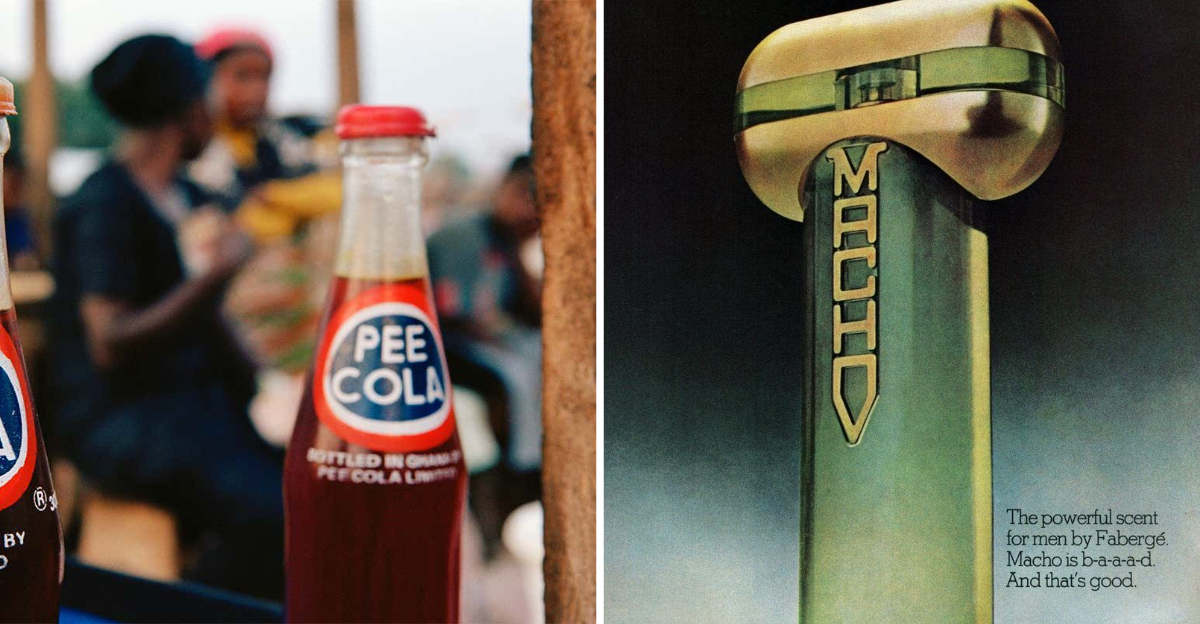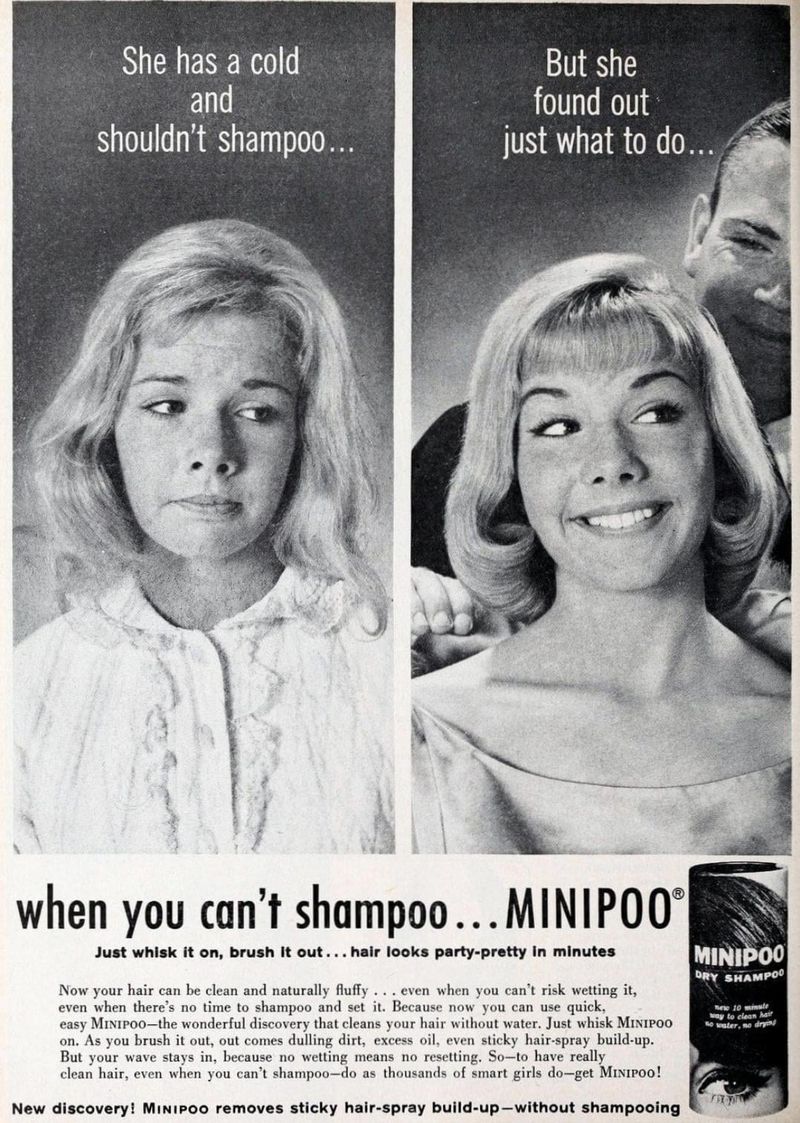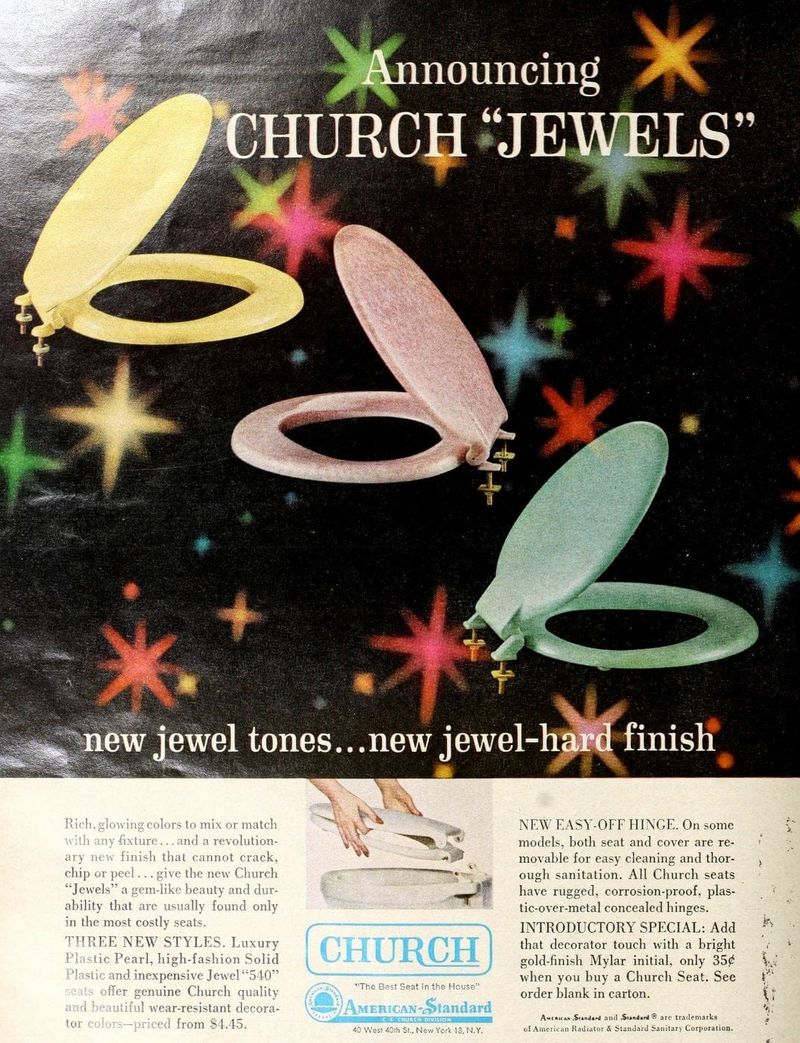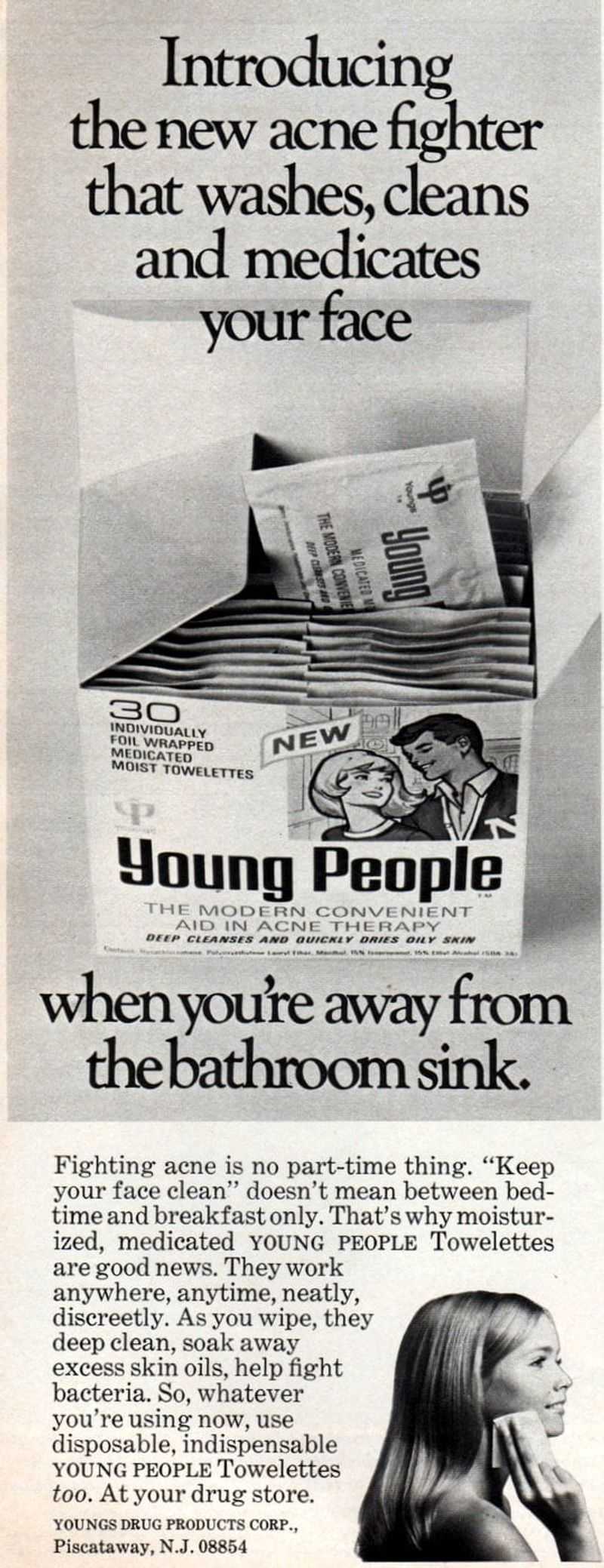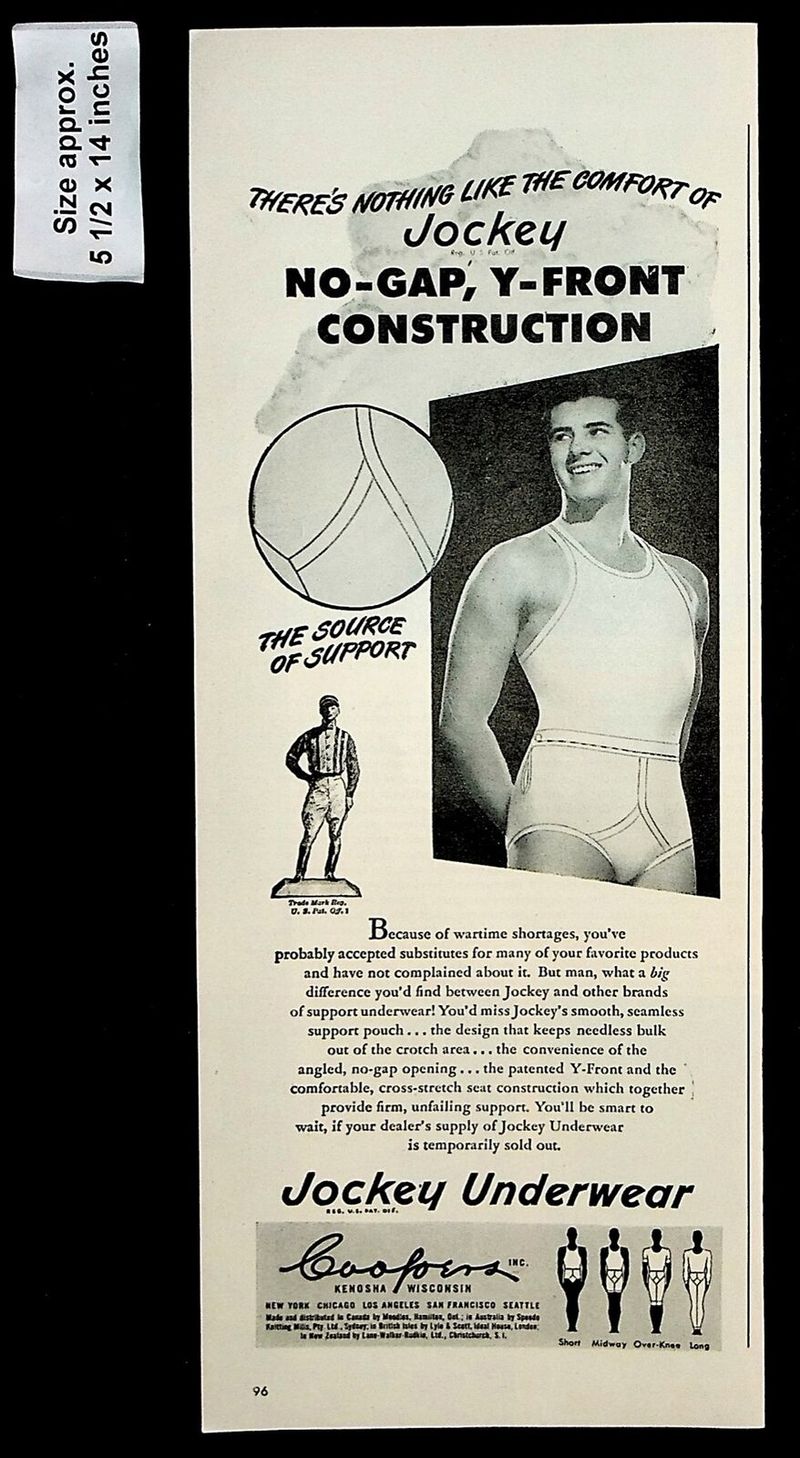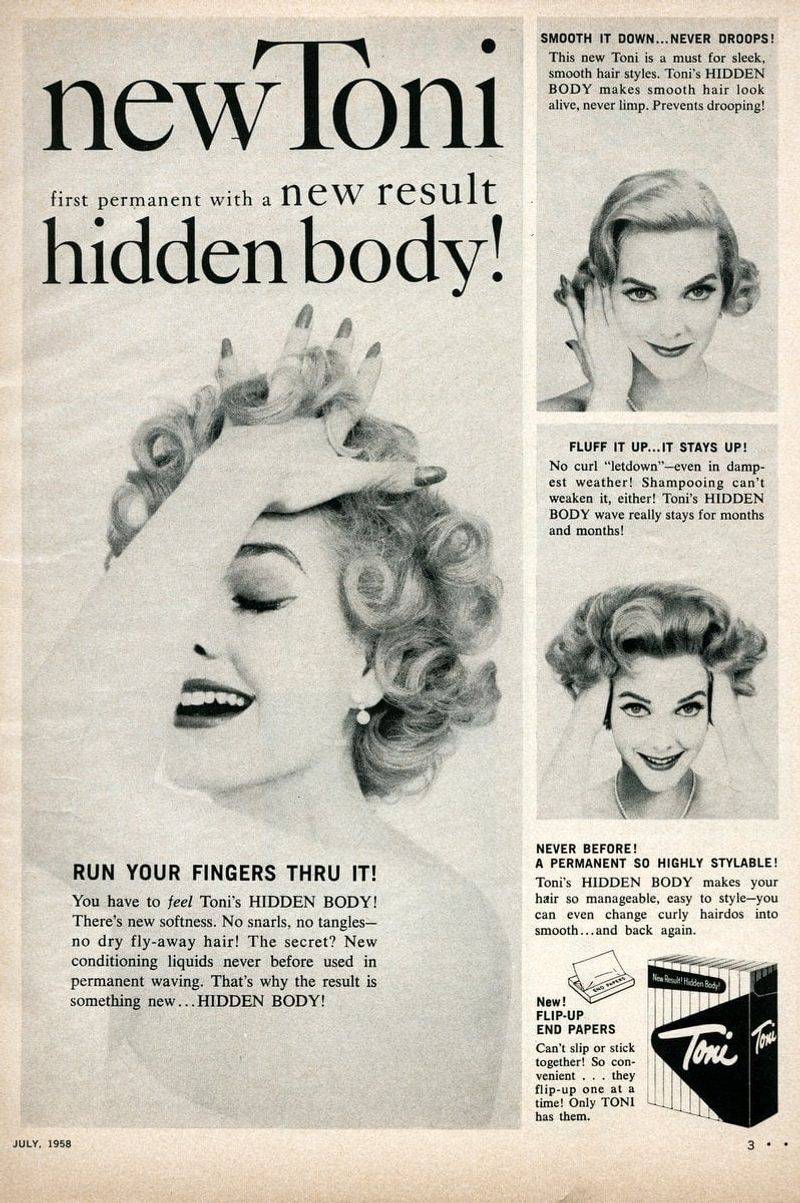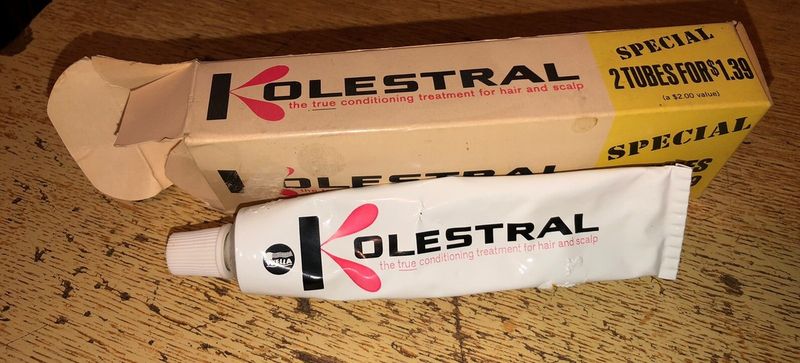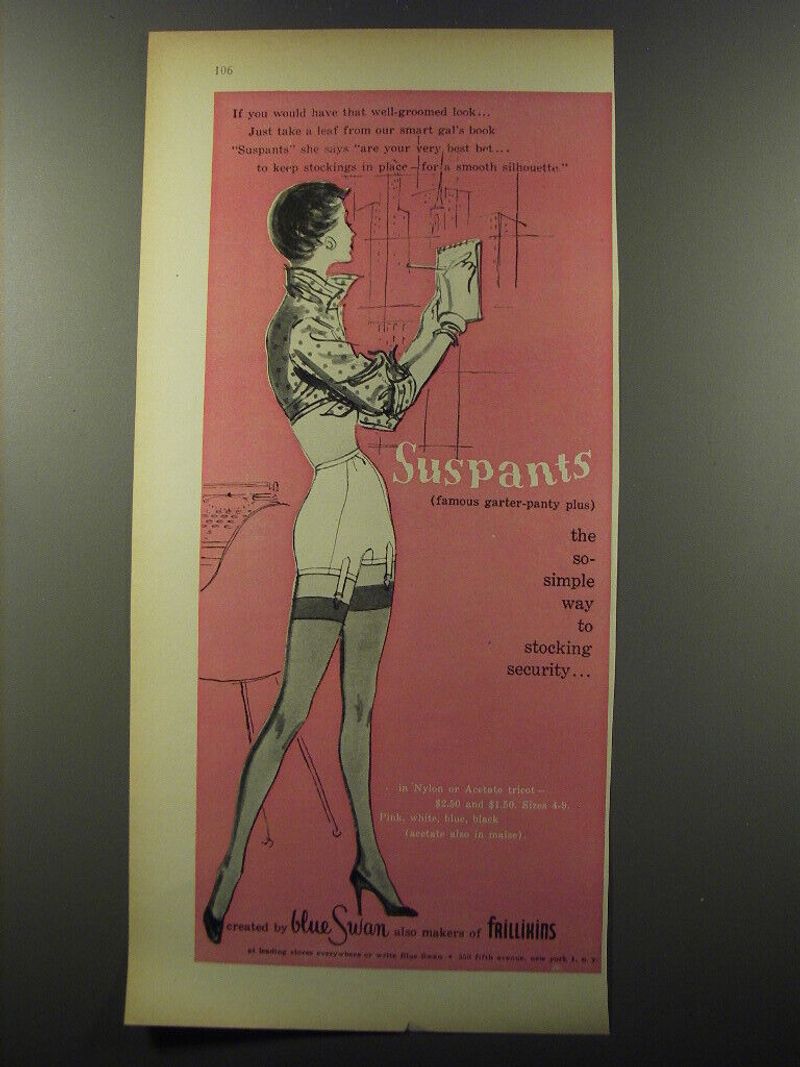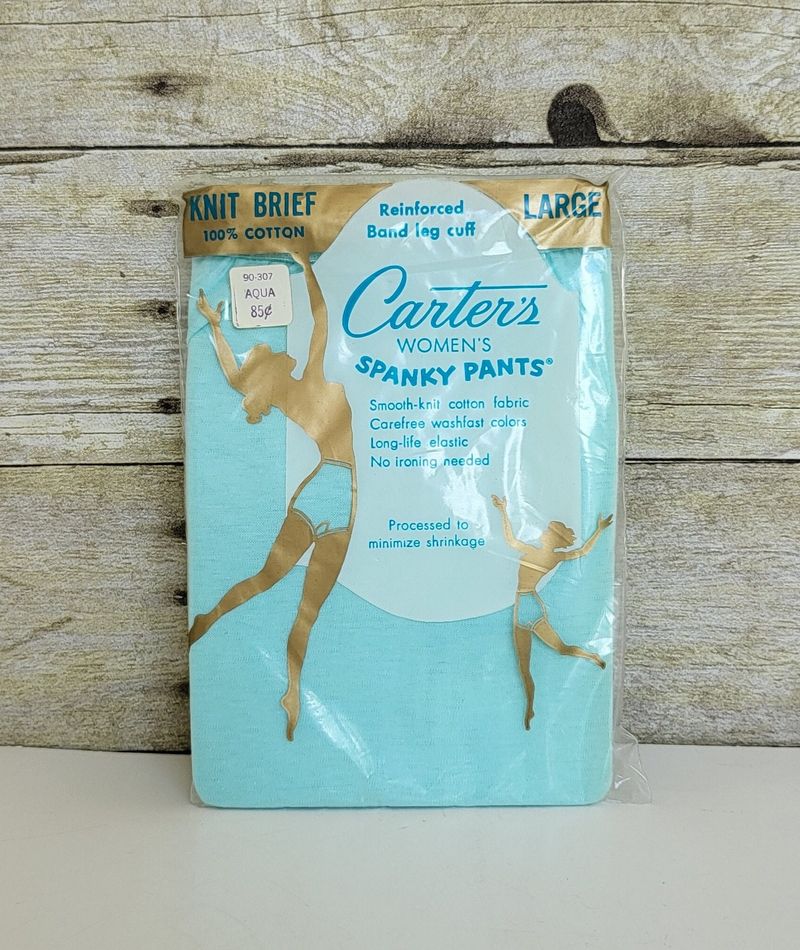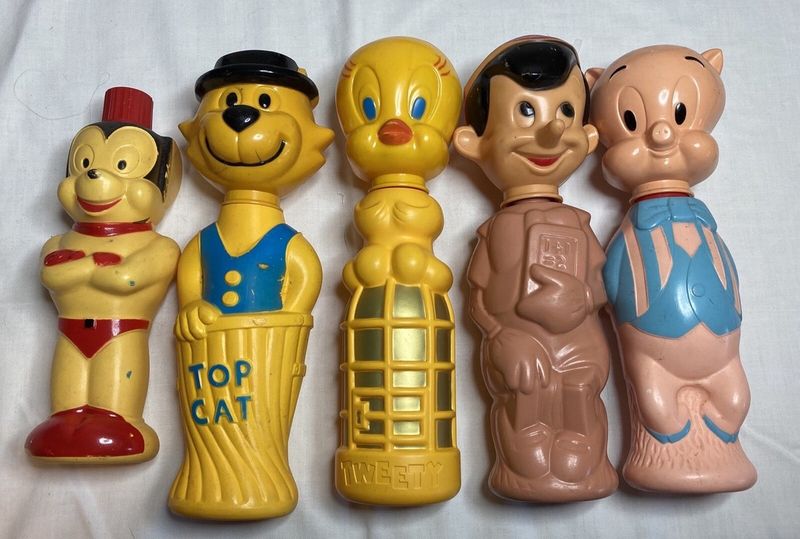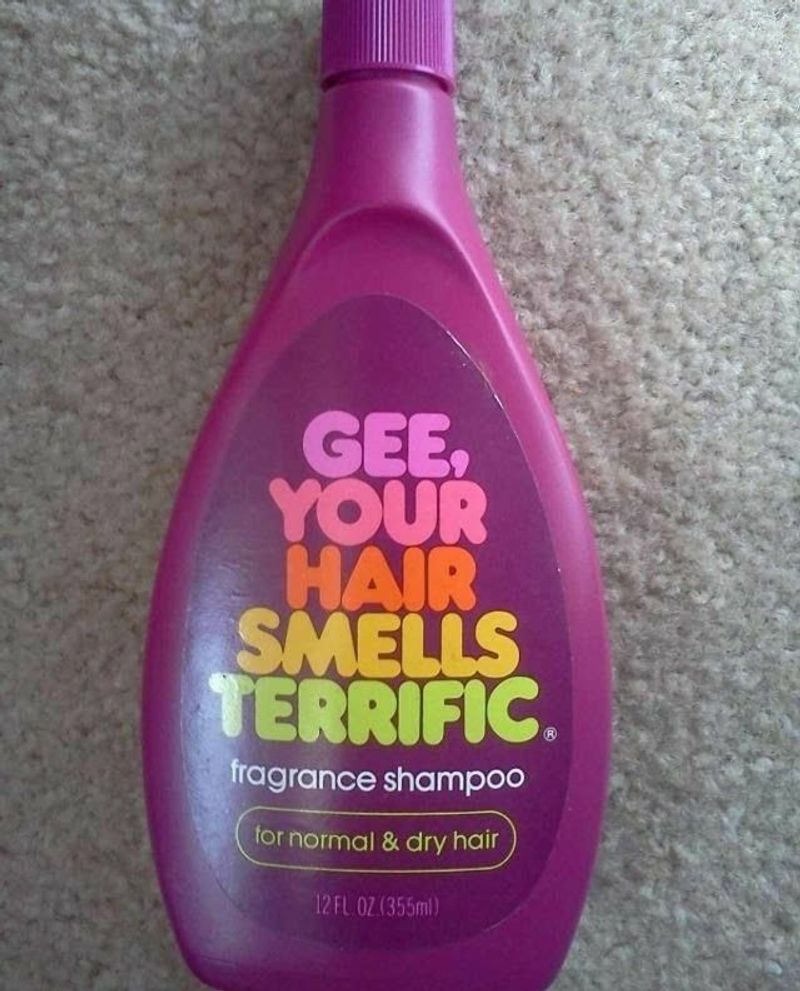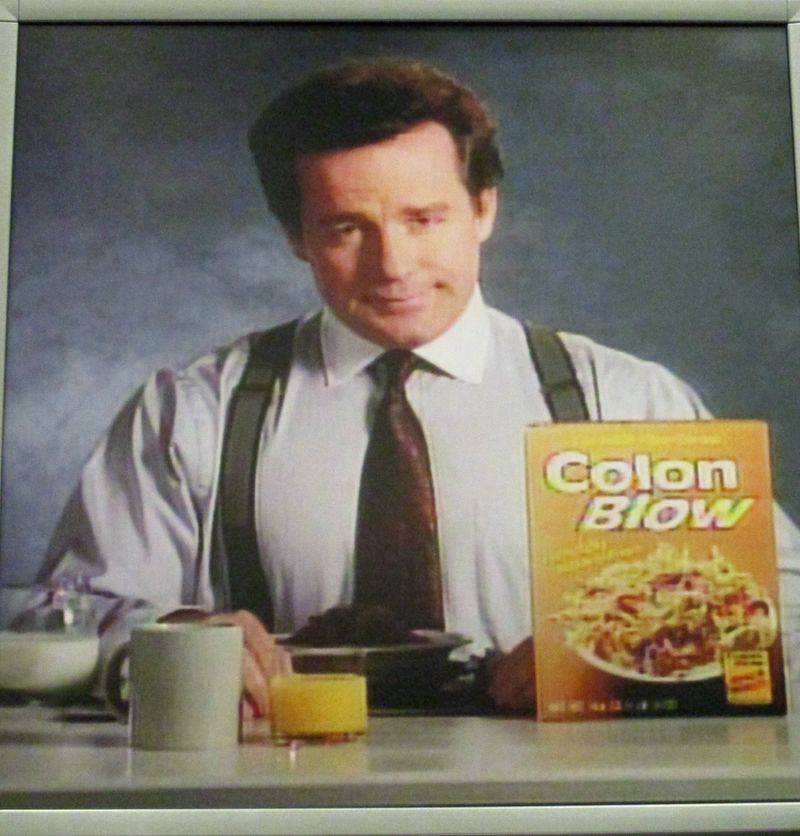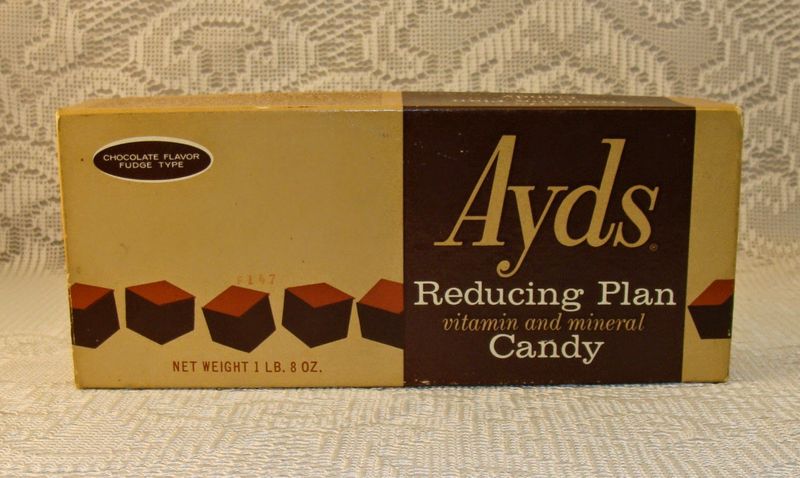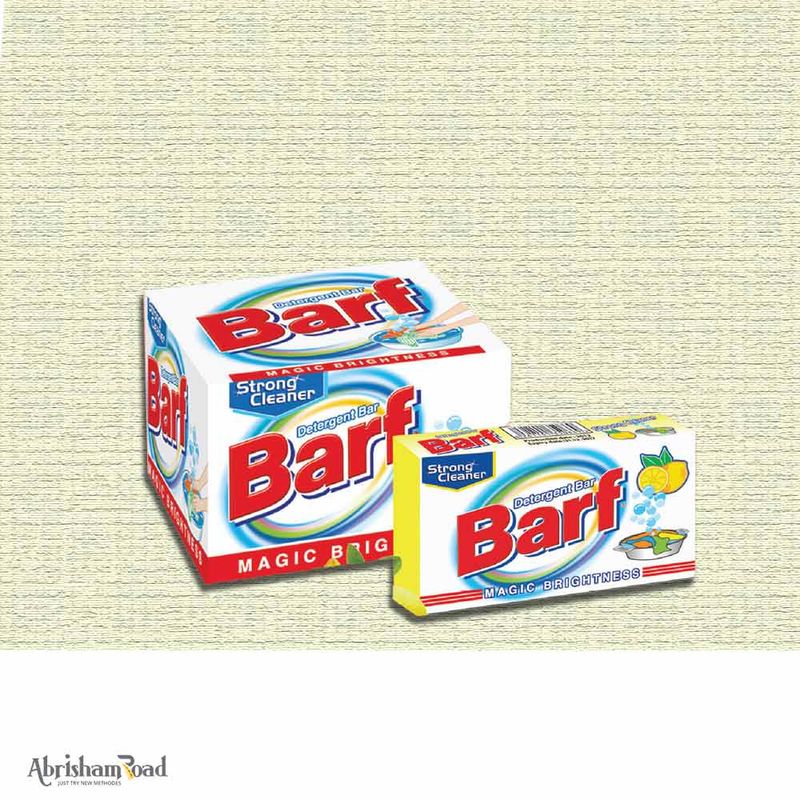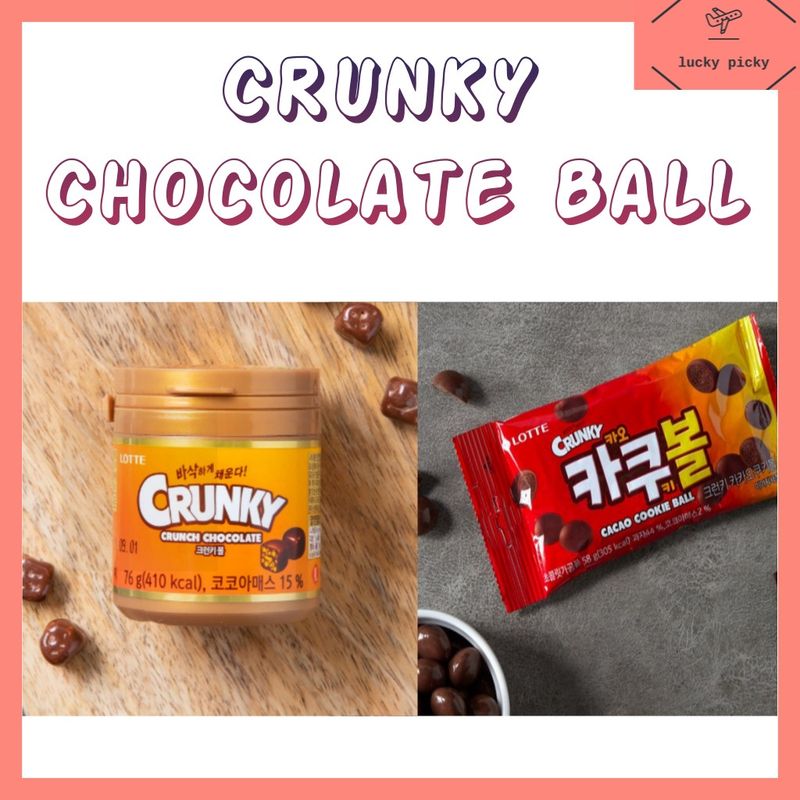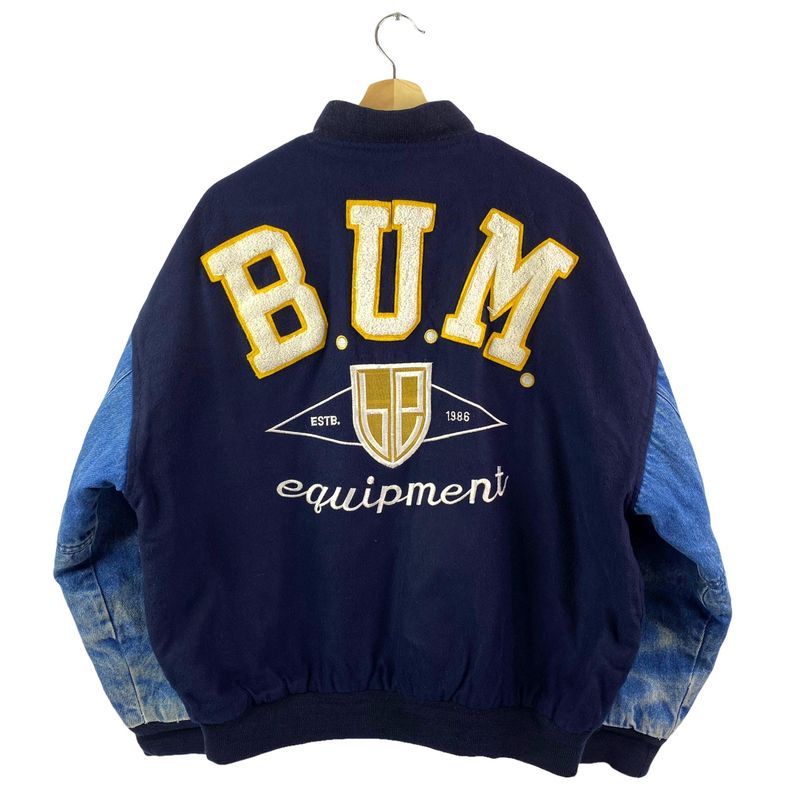Branding is a delicate art, and sometimes, marketers from the past missed the mark—by a mile. These 19 vintage product names range from unintentionally hilarious to downright unfortunate. Let’s take a nostalgic dive into the quirkiest brand decisions of yesteryear.
1. Minipoo (1960s)
In the whimsical world of the 1960s, Minipoo emerged as a dry shampoo solution. Its name, however, conjures images more suited to a tiny bathroom mishap. Picture a glamorous woman of the era, her hair perfectly coiffed, with a bright smile masking the unfortunate branding mishap perched on her vanity. The vibrant packaging, reminiscent of a candy store, hides this misunderstood beauty gem. Despite its playful exterior, the Minipoo brand never quite shook the unintended humor that followed it. Imagine explaining to your friends that your secret to luscious hair was a product with such an amusing name!
2. Church Jewels Toilet Seats
In a curious blend of piety and practicality, the Church brand introduced “Church Jewels Toilet Seats”. The name evokes images of cathedral treasures, yet the product itself was far more mundane. These decorative toilet seats glittered with faux jewels, aiming to bring a touch of elegance to the bathroom. However, the juxtaposition of ‘church’ and ‘jewels’ left many chuckling. Imagine entertaining guests and offering them a seat on your ‘jeweled throne’. While the seats aimed to sparkle, the branding was more befitting a medieval tale than modern homes. A true lesson in branding gone amusingly awry.
3. Macho Cologne (1977)
Bursting onto the scene in 1977, Macho Cologne embodied the era’s boldness. The name, a nod to masculinity, aimed to capture the essence of strength and confidence. As disco lights twirled, the scent wafted through the air, promising an aura of rugged charm. Yet, as cultural interpretations shifted, Macho took on a new life, evoking more bell-bottoms and dance floors than raw masculinity. Today, the name invites a chuckle, a nostalgic nod to a time when cologne promised more than a pleasing scent. With its daring name, Macho remains a fragrant reminder of a bygone era.
4. Young People Towelettes (1969)
The late 1960s saw the introduction of Young People Towelettes, a facial cleansing product that took a peculiar branding route. The name playfully suggested that users were wiping their faces with young people, an unintended and humorous interpretation. The vibrant packaging, adorned with youthful imagery, aimed to capture the essence of freshness and vitality. However, the quirky name overshadowed its intended purpose. As you reached for a towelette, you couldn’t help but giggle at the imagery it conjured. While the product aimed for youthful rejuvenation, it instead became an amusing anecdote in branding history.
5. Jockey Micro3 Briefs (1979)
In 1979, Jockey unveiled the Micro3 Briefs, a product that sparked more giggles than sales. The name, suggesting minimalism, led to cheeky interpretations far beyond intended comfort and style. Picture a sleek, modern packaging promising the ultimate in undergarment innovation. Yet, the name left imaginations running wild, evoking images of barely-there attire. As fashion-forward men reached for the Micro3, they embraced humor alongside functionality. This playful branding misstep serves as a reminder that sometimes, less is indeed more. Jockey’s daring attempt at naming innovation left an indelible mark on underwear history.
6. Force Cereal (1903)
In the early 20th century, Force Cereal burst onto breakfast tables, wielding a name more suited to superheroes than cereal bowls. The bold moniker promised strength and vitality with each crunchy bite. Imagine sitting at a rustic breakfast table, surrounded by the aroma of freshly brewed coffee, as the cereal’s name invites visions of power. Despite its robust promise, Force Cereal’s branding felt more like a call to arms than a morning meal. As families poured their morning bowls, the name stood out, a curious blend of nourishment and might. A true testament to the creativity of early branding.
7. Hidden Body Perm (1950s)
The 1950s brought the Hidden Body Perm to hair salons, where its mysterious name conjured images of secret styling sessions. Envision a bustling salon, filled with women eager for the latest in hair fashion. The promise of ‘hidden body’ suggested a volume boost concealed within each strand. However, the name also sparked intrigue, with onlookers speculating about the hidden secrets it held. As stylists wielded their curling irons, the perm’s branding added an air of enigma to the experience. This clever, albeit amusing, moniker remains a playful nod to the era’s fascination with beauty innovations.
8. Kolestral Hair Conditioner (1966)
In 1966, Kolestral Hair Conditioner entered the beauty scene, inspired by the nourishing qualities of cholesterol. The name, however, posed a challenge, as it conjured thoughts of dietary concerns rather than hair care. Picture an elegant salon, where bottles of Kolestral promise to transform locks into silky splendor. The brand’s attempt to align with scientific advancements met with mixed reactions. While the product aimed to offer nourishment, its name danced on the edge of humor and curiosity. A delightful reminder of the era’s experimental branding, Kolestral remains a quirky chapter in hair care history.
9. Suspants Underwear (1950)
The 1950s saw the debut of Suspants Underwear, a playful fusion of ‘suspenders’ and ‘pants’. The name invited giggles as shoppers pondered its dual meaning. Imagine a vintage department store, where curious customers encountered this garment’s clever branding. The combination promised functionality with a hint of whimsy, yet left many scratching their heads. As men donned their Suspants, they embraced humor alongside practicality. This innovative undergarment remains a testament to the era’s creativity, a lighthearted nod to the playful spirit of mid-century marketing. Whether chuckling or curious, Suspants left an indelible mark on fashion history.
10. Spanky Pants (1964)
In 1964, Spanky Pants hit the shelves, bringing a new level of playfulness to children’s underwear. The name, intended to evoke fun, instead raised eyebrows with its cheeky undertones. Picture a colorful store display, where parents encountered this delightful yet curious product. The vibrant designs aimed to captivate young imaginations, while the name sparked a mix of laughter and surprise. As children donned their Spanky Pants, parents couldn’t help but smile at the whimsical branding choice. A humorous tale in the world of children’s fashion, Spanky Pants remains a light-hearted chapter in vintage marketing.
11. Soaky Bubble Bath (1960s)
The 1960s introduced Soaky Bubble Bath, a product that aimed to make bath time fun but ended up sounding more like a soggy mishap. Imagine a bathroom filled with laughter and bubbles, where this quirky product promised joy and cleanliness. The name, however, evoked images of bathtub accidents rather than relaxation. Despite its playful packaging and delightful scent, Soaky couldn’t escape the humorous interpretations it inspired. As children splashed in the tub, the brand’s name added an unexpected layer of amusement. A charming reminder of vintage marketing, Soaky remains a nostalgic nod to childhood pastimes.
12. Gee, Your Hair Smells Terrific Shampoo
With a name that reads like a compliment, Gee, Your Hair Smells Terrific Shampoo entered the 1970s beauty market. This full-sentence branding choice, while endearing, felt awkwardly long for a product name. Imagine a bathroom adorned with floral patterns, where this shampoo’s promise wafted through the air. The fragrance, indeed delightful, was overshadowed by the name’s conversational tone. As users lathered up, the packaging’s charm was undeniable, yet the name sparked more than a few chuckles. A delightful slice of beauty history, this shampoo remains a fragrant reminder of the era’s quirky branding choices.
13. Fukola Cola
Navigating the tricky waters of phonetics, Fukola Cola emerged with a name that left English speakers hesitating. The soda’s unique branding choice, while perhaps innocuous in its origin, carried unintended humor in certain languages. Imagine a kitchen table in the 1970s, where this bold beverage sat among family meals. The name, with its unfortunate phonetic resemblance, overshadowed its taste. Despite its challenges, Fukola Cola remains an amusing chapter in the world of soft drinks, a reminder of the complexities in global branding. A curious tale in vintage marketing, it continues to inspire laughter and curiosity.
14. Colon Blow Cereal (SNL Parody)
While not a real product, SNL’s parody of Colon Blow Cereal captured the essence of over-the-top marketing. This fictional creation poked fun at high-fiber cereals, with a name that promised more than just a hearty breakfast. Imagine a comedic sketch, where the cereal’s branding plays up digestive benefits to absurd levels. The name, while humorous, highlighted the extremes of health-focused advertising. As viewers chuckled at the parody, they also recognized the clever critique of real-world marketing strategies. A humorous nod to cereal culture, Colon Blow remains an iconic moment in television history.
15. Ayds Diet Candy
Once a popular appetite suppressant, Ayds Diet Candy found its fate sealed by an unfortunate name. As the devastating disease became known, the candy’s branding drew unwanted attention. Picture an 1980s living room, where this once-beloved product sat among diet trends. Despite its slimming promise, the name’s similarity created an insurmountable hurdle. While the candy aimed to offer a sweet path to weight loss, its unintended association overshadowed its benefits. A sobering tale in marketing history, Ayds Diet Candy reminds us of the power of names and the unpredictability of language. A poignant chapter in branding lore.
16. Barf Detergent (Middle East)
In the Middle Eastern market, Barf Detergent faced a unique branding challenge. Despite its meaning of ‘snow’ in Persian, the name held different connotations for English speakers. Visualize a bright supermarket aisle, where this laundry product’s name drew double-takes. The packaging, adorned with snowy imagery, aimed to convey freshness and purity. Yet, the phonetic resemblance to an unfortunate word in English created a branding hurdle. Despite its fresh promise, Barf Detergent serves as a humorous example of linguistic challenges in global marketing. A fascinating tale of cultural nuances, it continues to charm and amuse.
17. Pee Cola (Ghana)
In Ghana, Pee Cola found success despite its name’s translation challenges. The soda, embraced locally, faced marketing hurdles in English-speaking regions. Picture a bustling market, where this brightly colored beverage stands out among other drinks. The name, while perfectly innocuous in its origin, invited giggles from visitors unfamiliar with its local context. Despite its challenges, Pee Cola remains a beloved refreshment for Ghanaians, a testament to the power of taste over terminology. A charming reminder of the complexities in international marketing, it continues to intrigue and entertain those who encounter it abroad.
18. Crunky Chocolate (Japan)
In Japan, Crunky Chocolate offered a blend of textures, with a name that raised eyebrows in English-speaking markets. The brand aimed to convey a mix of crunchy and funky, yet its name left room for humorous interpretations. Imagine a bustling candy shop in the 1980s, where this intriguing chocolate bar beckons with colorful packaging. As customers reach for a taste, the name adds an unexpected twist to the experience. A delightful blend of flavor and fun, Crunky Chocolate remains a playful example of cross-cultural branding, captivating sweet tooths with its quirky charm.
19. Bum Equipment Clothing
Bum Equipment Clothing entered the fashion scene with a name that aimed for relaxed vibes but struck a different note. The brand’s casual wear, promising comfort and style, was overshadowed by its cheeky moniker. Imagine a 1990s fashion ad, where models embody laid-back coolness amidst playful backdrop. The name, while intended to convey a chill attitude, also invited giggles with its dual meaning. As fashion enthusiasts embraced the comfort, they couldn’t ignore the humorous branding choice. A lighthearted chapter in fashion branding, Bum Equipment Clothing remains a nostalgic nod to the playful spirit of the 90s.
